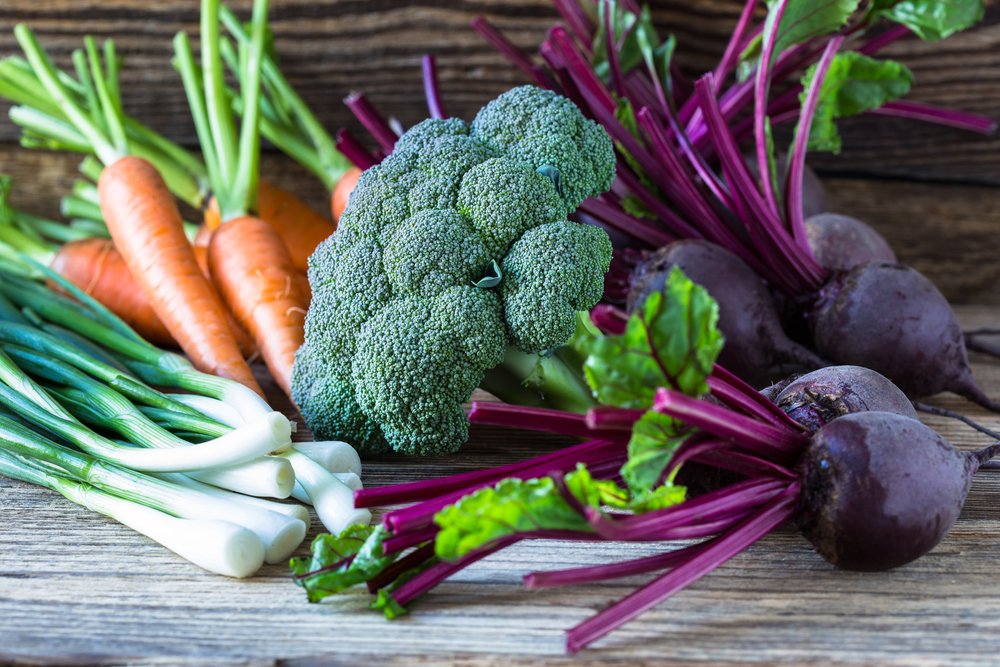Last week I wrote about one of my favorite veggies—broccoli. This week I’ll talk about the other fall veggies—and chores we need to think of now.
What are you going to do when the tomatoes, squash, and green beans finally give their last? Do you let your garden lie fallow over the winter or do you get hungry at the thought of spinach, lettuce, and broccoli? Since some of my favorite vegetables are cool-season crops, I know which category I fall into.
Things To Do Now
If you’re just going to let those summer veggies go until the frost finally gets them, then yank them up and enjoy a well-deserved rest for the winter, there are a couple of things to keep in mind.
- Make sure you actually pull up those spent veggies, since garden debris is a great hiding place for insects to lay eggs and diseases to hibernate. The only exception would be legumes like peas and beans, which could be tilled under since legumes enrich the soil with nitrogen. Be sure to keep the area weeded over the winter.
- Top dress your garden with a couple of different kinds of compost to a depth of three or so inches. Every time it rains or snows over the winter, it will help leech those nutrients further down into the soil.
- Consider planting a cover crop like a blend of peas, buckwheat, oats, or red clover. Turn them into the soil about three weeks before spring planting to add fresh “green” manure into the soil. Cover crops like buckwheat and crimson clover also provide fall food for bees.
Remember, over the fall and winter, check your garden to be sure that the beds stay free of weeds, fallen leaves, and other debris which can give insects a place to lay eggs and harbor mold spores or other diseases.
Get Ready to Plant
For those of us for whom fall is just the beginning, right now is the time to sow seeds for many fall crops—broccoli, beets, peas, kale, etc. I start my seeds in little pots outside—keeping them in an area where they get good dappled sun, but no beating sun. On extra hot days, Cool-season crops don’t like broiling hot summer sun.
Around the first or second weekend in September, I’ll begin looking for spots to plant the seedlings. By then I usually have some bean plants ready to go or a couple of squash plants that have given into powdery mildew. Some of the seedlings I’ll transplant into bigger pots, buying time until I’m ready to pull up the peppers or cucumbers. And, of course, I always wait to direct sow root crops like carrots, radishes, beets, turnips, or parsnips since root crops don’t transplant well.
Read
Remember, the back of the seed packet is the single best source of information as to exactly when to plant your seeds, how far apart, how deep, and even if sowing inside or direct-sowing outside is best.
Once you get everything in, keep on top of watering and feeding. Even cooler fall weather can come with a drought attached. Lucky you don’t have as many insects to watch out for in the fall, but do keep an eye out for cabbage loopers—inchworm-like caterpillars which like cruciferous veggies like broccoli, kale, cauliflower, etc. If you find them—or aphids—they can be treated with neem oil.
If you’ve got any questions, we’re always here to help!

